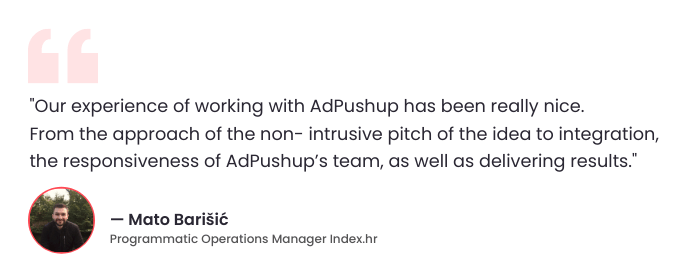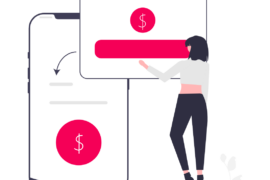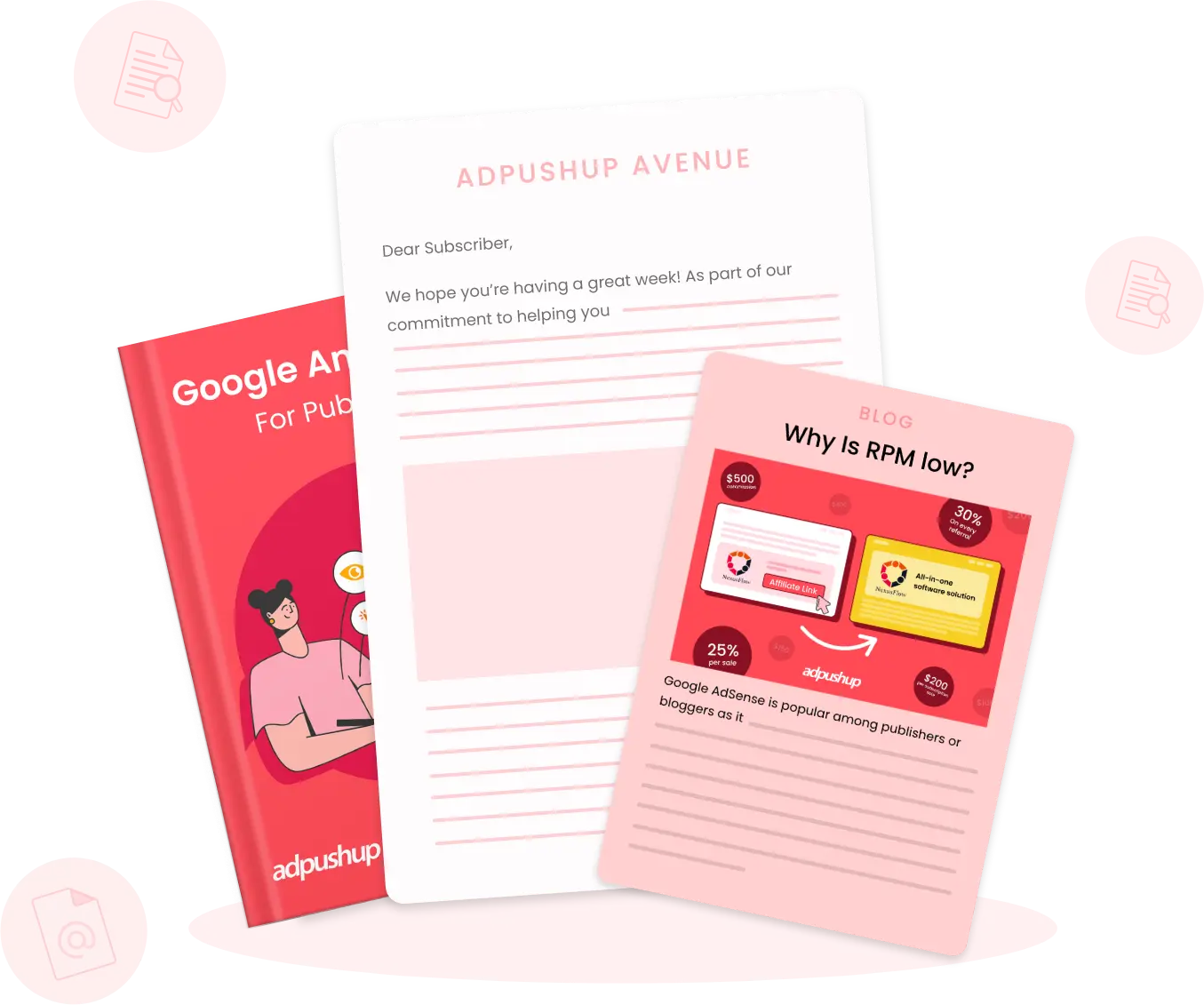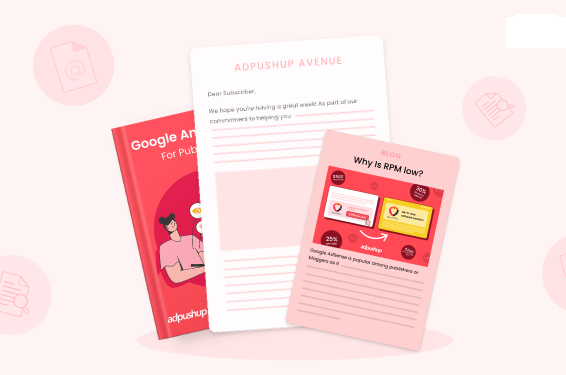Completion rate is a key metric that measures the percentage of users who successfully finish a business task. It is effective for gauging the impact of a company’s digital marketing efforts.
The ultimate goal of digital content is to provide customers with the information they need, convince prospects to become clients, and create a results-driven sales funnel to achieve successful business outcomes.
However, it often becomes challenging to judge if we are able to accomplish that objectively. This happens because traditional metrics like clicks or views are not reflective of true engagement. Only completion rates reveal if users stay through the entire experience and eventually get something out of the content.
What is a Completion Rate and Why is it Important?
Completion rate is a measure of how many users visiting a business website complete a series of business-oriented goals that are critical to organizational success. This encompasses activities like filling out a Contact Us form, responding to a CTA, or subscribing to an advertised newsletter.
Tracking this metric is important as it provides a fair evaluation of the business’s onboarding strategies. If the completion rate is low, it indicates that users are disengaging before taking desired actions. This suggests potential issues with content relevance, user experience, or the effectiveness of CTAs.
In such situations, the marketing team must be prompted into action. They need to understand the behaviour of their target market, adjust the key goals, and revamp content to meet their evolving expectations.
How to Calculate Completion Rates?
You can calculate completion rates by dividing the number of users who complete a specific task by the total number of participants who started it. The final result is then expressed in percentages.
The completion rate formula is as follows:
Completion Rate = Number of People Who Completed a Task/Total Number of Users Who Started the Task
For example, consider that a fitness blog hosts a Google Form that encourages readers to sign up for a weekly newsletter that provides tips on different health exercises. If 500 readers start filling out the form, but only 350 complete it, the completion rate would be:
(350/500) 100 = 70%
What is a Good Completion Rate?
It’s crucial to set a benchmark that defines the acceptable range of completion rates for a business website. However, there are many considerations for doing so.
Firstly, the standard should vary depending on the specific task that you want users to complete. Expecting users to view an entire video and engaging with a sales CTA after reading the content are two very distinct goals.
You can expect the video-related objective to yield greater results in this case, as it does not involve any monetary transactions. So, what is a good video completion rate? Generally, anything over 70% indicates good performance.
Overall, if you have a completion rate of 75-80%, it is a great sign for your business.

How to Track Completion Rates?
Measuring completion rates is the second step of the process. Before that, you need to learn how to track it efficiently. This should begin with a clear definition of what constitutes “completion” for your content. This could be a form submission, a purchase, or simply scrolling to the bottom of the webpage.
After that, you can use analytics platforms like Google Analytics to set up conversion tracking and monitor user actions. For interactions like button clicks or form submissions, the easy method is to create event tracking.
These tools help business leaders track the behaviour of users on their web pages. From thereon, they can implement funnel analysis to identify drop-off points. Doing so pinpoints areas where users disengage. If there is a common pattern of multiple users abandoning the same step, the content team should optimize that part of the process.
While tracking, it should be noted that completion rates do not remain stagnant over time. Businesses need to continuously monitor, review, and take corrective actions wherever the percentage begins to drop.
The Pros of Completion Rates
Completion rates provide direct insight into user engagement. However, understanding the pros can help you make better decisions.
- Measures true engagement, showing if users are interacting with content to completion.
- Highlights areas for improvement by pinpointing where users drop off.
- Reflects goal achievement by tracking whether users take desired actions.
- Simplifies performance evaluation, helping assess whether marketing campaigns or onboarding processes are working as intended.
The Cons of Completion Rates
While completion rates offer valuable insights, they have limitations that must be considered. Understanding the cons ensures a balanced approach to analyzing metrics.
- Doesn’t account for quality; a high completion rate doesn’t necessarily mean the content was valuable or persuasive.
- Can be misleading in isolation; without context or complementary metrics, completion rates alone can provide incomplete insights.
- Vulnerable to external factors, as user interruptions or technical issues can skew completion rates.
- Difficult to standardize, as different goals or types of content may require varying definitions of “completion.”
The Difference Between Completion Rate and Response Rate
Completion and response rates describe the level of success of a survey or a business-oriented action (like filling out a form). However, they measure different aspects of engagement.
Completion rates measure the number of participants who engage with and successfully complete the action. A low completion rate indicates inefficiencies in the required action. For example, if the business requires its customers to fill out a form, a low completion rate suggests that the form may be too lengthy, time-consuming, or uninteresting.
Response rates, on the other hand, measure the number of people who complete an action out of the total audience invited. A low response rate can increase statistical error, indicate a lack of engagement, or signal nonresponse bias, where certain demographics opt-out. The major difference here is that to track the response rate, the business has to have a defined sample group.
Emerging Trends in Task Completion Rate Analysis
Manual completion rate tracking can be a bit tiresome. Thus, automation would make its way in tracking the completion rate, too. Let’s have a look:
1. AI-Powered Chatbots
To guide the user journey to the primary goal, consider integrating an AI chatbot. AI chatbots support users’ journey on your website and can lead them in the right direction. Chatbots can facilitate the users’ journey all along which can help users reach the right resources and convert them faster.
2. AI That Understands Your Customers
Machine learning spots where users get stuck by analyzing real behavior, so you can fine-tune your self-service tools and make support easier to navigate.
3. Smarter Feedback, Better Self-Service
Use AI-driven surveys and automatic feedback collection to hear directly from users—helping you improve self-service resources based on real experiences.
Key Takeaways
- Completion Rate measures the percentage of users who complete a specific task (e.g., form submission, purchase).
- Formula: (Number of Completes / Total Users Who Started) × 100.
- Good Benchmark: 70%+ for non-transactional goals; 75-80% for transactional goals.
- Track It using tools like Google Analytics and funnel analysis.
- Pros: Measures true engagement, identifies drop-off points, and a lot more.
- Cons: Doesn’t reflect content quality; can be misleading without context.
- Improve It by simplifying processes, optimizing content, and leveraging AI tools like chatbots.
- Trends: AI and machine learning are revolutionizing completion rate tracking and optimization.
Found everything you need? We’d like you to stick around a bit longer and talk a little about us. Discover how AdPushup, selected by Google as a certified publishing partner, can help your business take the next step in your revenue generation journey.
Frequently Asked Questions
The completion rate of form can be calculated using the same general formula: Number of People Who Completed a Task/Total Number of Users Who Started the Task x 100.
A good task completion rate is generally somewhere around 70 to 89%, while the excellent rate lies at 90 to 100%.

Deepak has a keen eye for detail and a deep understanding of the ad tech landscape. Whether it’s through in-depth articles, thought-provoking insights, or compelling storytelling, he’s dedicated to helping people navigate the complex world of ad tech with the simplicity of his words.







